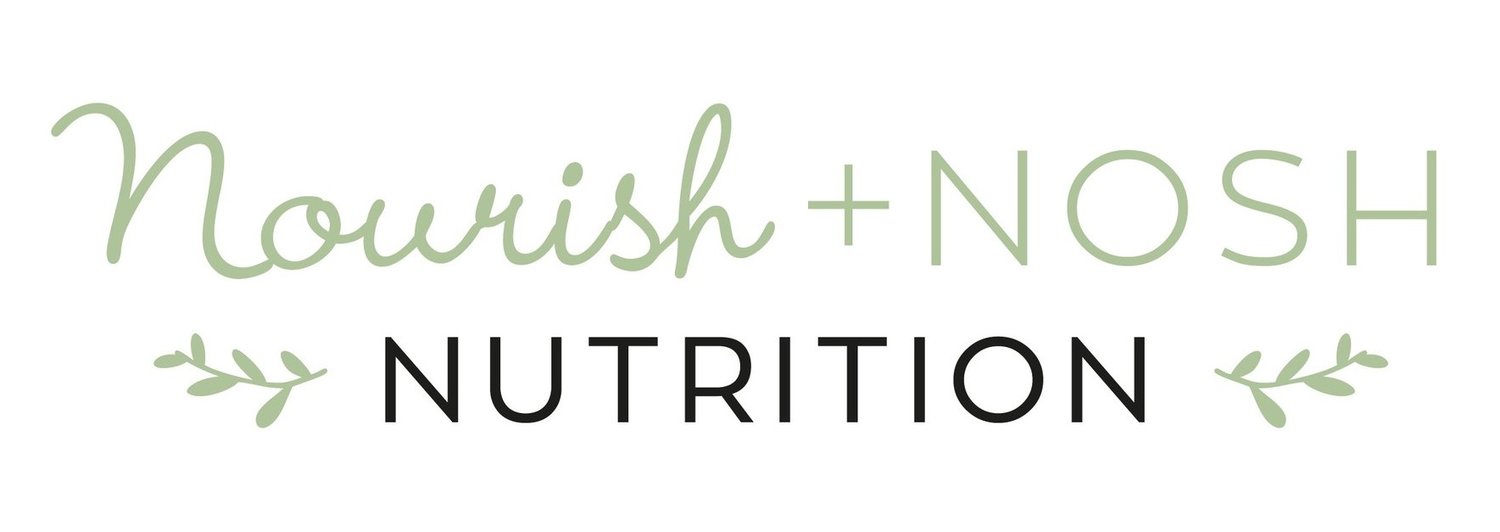We know it’s important, and we know we need it, but do we really understand WHY? Here I'll give you a simple breakdown of dietary fiber, soluble vs. insoluble fiber, and how to add more to your diet.
Unlike fat and protein, fiber is not digested by the body. Even though we're not gaining energy from fiber, it's still incredibly useful for digestion as well as other processes that contribute to our overall health. You may have had a doctor tell you to eat more fiber, but they may not have taken the time to explain why or how much you should eat.
Fiber is broken down into soluble and insoluble. Soluble fiber is beneficial for lowering cholesterol levels, specifically LDL (the bad cholesterol), from the blood. Meaning, lowering something that contributes to heart disease and heart attacks. In addition, soluble fiber is important for blood sugar stabilization. Meaning, it helps slow the release of insulin and therefore reduce the spike in blood sugar.
Insoluble fiber is what adds bulk to our stool and therefore aids in digestion. Nothing too fancy here, other than the fact that many of us suffer from GI disorders that warrant the increase of insoluble fiber.
Okay, so what does this mean for you? We know that part of having a healthy diet, also means having healthy bowel movements. So by taking a look at our fiber intake we can see if there are any holes in our diet. Are we reaching for non-nutritious, highly palatable and highly processed meals or snacks that lack fiber? Or maybe we are skipping snacks altogether? Perhaps the only vegetables (a main source of fiber) that we are taking in are at dinner. So how do we work on this?
Step 1: Analyze your fiber intake. If you’re looking at labels to see what exactly is in your food, that's a pretty good indicator that we need to add more whole foods to your diet.
Foods high in soluble fiber: black beans, Brussels sprouts, avocado, sweet potato, broccoli, oatmeal, and pears, to name a few. Foods high in insoluble fiber: cauliflower, green peas, dark leafy greens, nuts, beans, and blackberries, to name a few more.
Step 2: ADD ADD ADD
· Sprinkle beans onto your salad or into a soup.
· Roast a tray of Brussels sprouts, sweet potatoes, and cauliflower to add to lunches and dinners.
· Snack on nuts instead of chips
· Add avocado and greens into scrambled eggs
· Add berries to yogurt for a midday snack.
The key here is look for opportunities to add some variety and color into your diet. Most Americans do not get enough fiber in a day. Your goal should be (everyone will be different) getting in about 20-35g of fiber per day.
Going 6 hours without eating is a missed opportunity, and should be bridged with a snack or small meal. One thing to quickly add is that with increasing dietary fiber, you must also increase water intake to prevent constipation. Just another reason to keep that water bottle near at all times.
Lastly, I work with many individuals suffering from diverticulitis. The protocol I use for them is to start with a low fiber diet while their body heals. Once healed, we work on increasing fiber. Fiber is very important in preventing another infection. Again, keep an eye on what you are eating, or more importantly what you are not eating.











